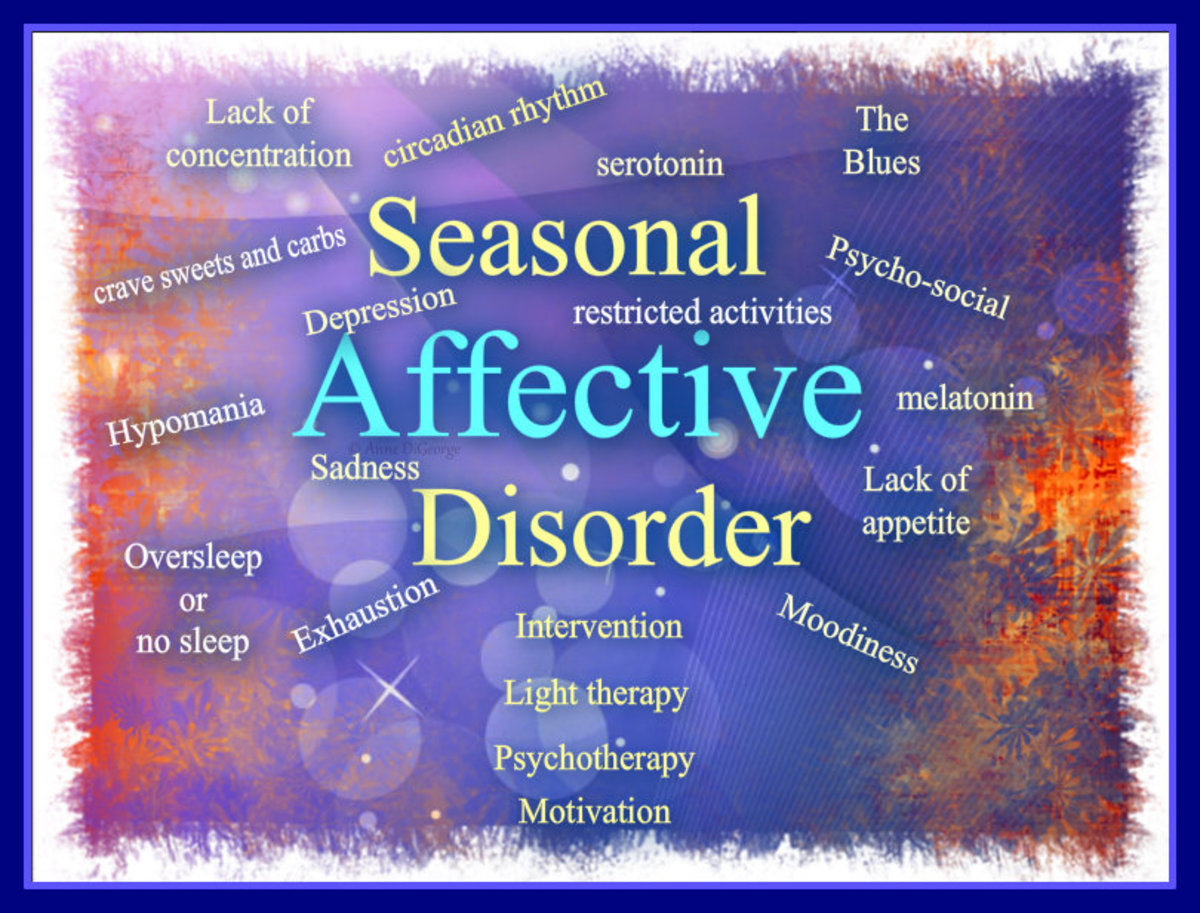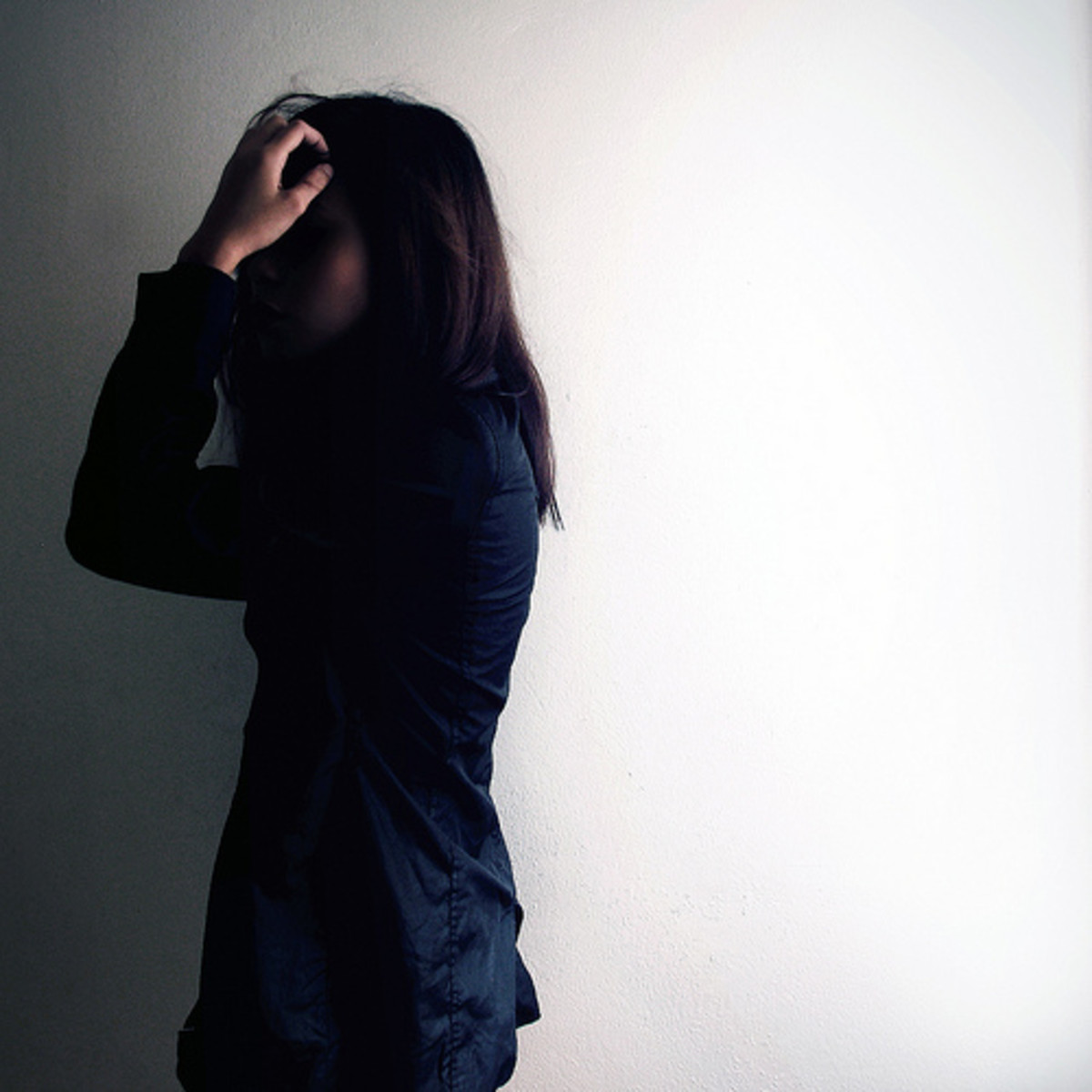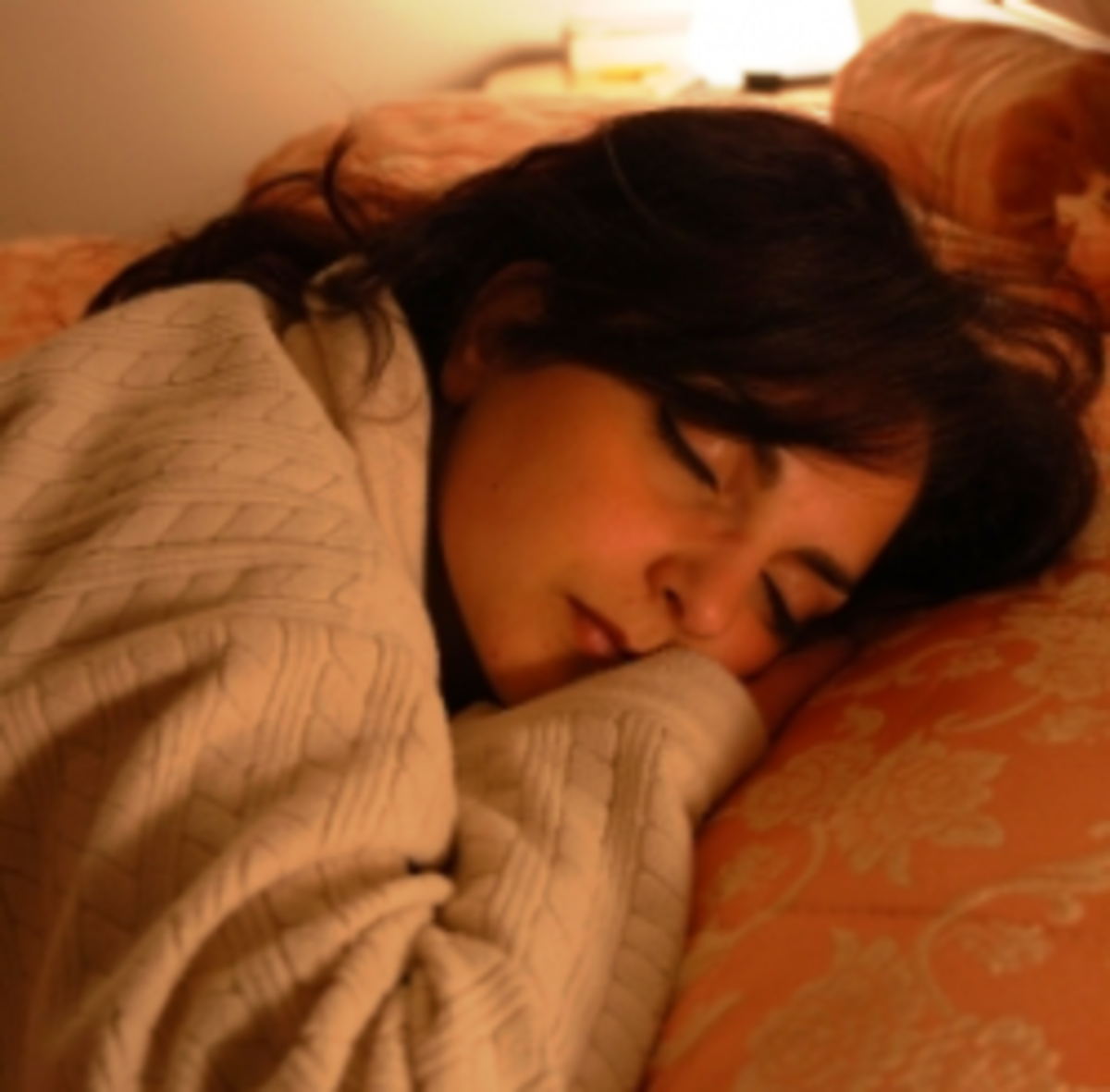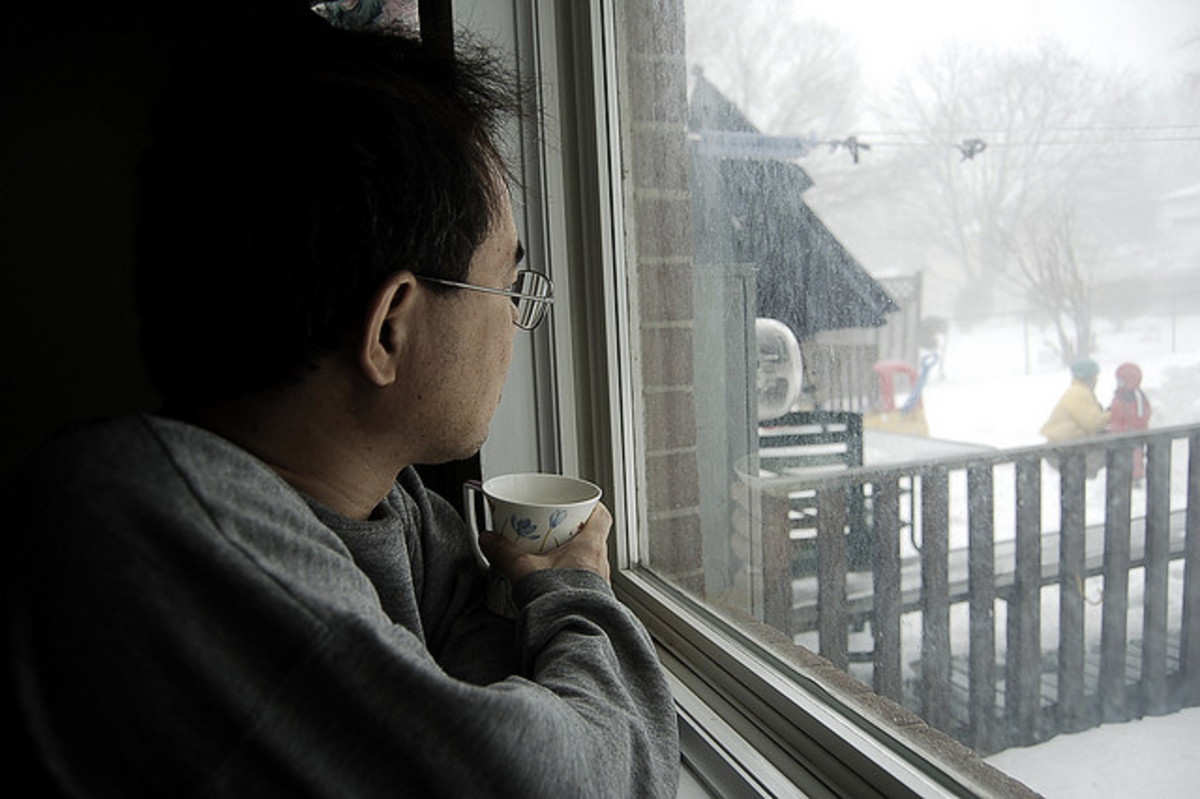How To Deal with Seasonal Depression
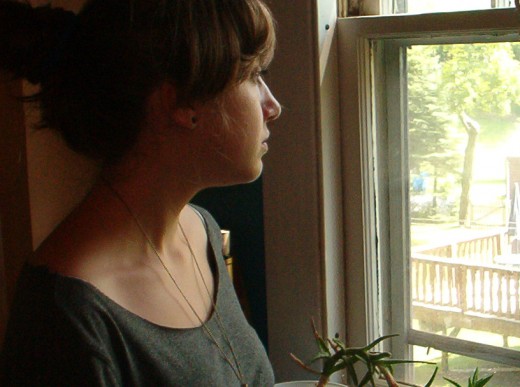
The "winter blues" hit almost all of us at one time or another. And having a low period during the summer isn't unheard of. But when depressed feelings regularly take hold for a whole season, it may be a signal of a bigger problem.
Seasonal Affective Disorder (SAD) is a form of clinical depression that impacts between 4% and 6% of the U.S. population ("Seasonal Affective Disorder " appearing in the Journal Psychiatry ). But people allover the world have suffered from this issue.

Causes
No specific cause has been cited, but changes in the chemical serotonin and the hormone melatonin in the body (which effect mood and sleep patterns) play a role. Several lifestyle factors have been associated with SAD as well:
- Geography: People who live in locations far north or south can react to the changes in sunlight during certain months.
- Gender: Women are diagnosed more often than men, but men can display more severe symptoms.
- Underlying mental health issue: Bipolar disorder or other types of depression only intensify the situation.
Though SAD effects most people during late fall and winter months, in some cases it can show up in late spring and summer. The symptoms differ for each time frame.
Symptoms of fall/winter SAD:
- Oversleeping
- Appetite changes, craving for carbs
- Weight gain
- Difficulty concentrating
- Loss of energy
- Depression
- Anxiety
Symptoms of spring/summer SAD:
- Anxiety
- Trouble sleeping
- Irritability
- Agitation
- Weight loss
- Loss of appetite
Becoming Aware
Since it shares symptoms with other types of depression and even other medical problems, SAD can be hard to diagnose. But if you think you could be dealing with this problem, ask yourself a couple of questions:
1. Have I experienced bouts of symptoms at the same time of year for at least two consecutive years?
2. Does the feeling of depression lift at other times of the year?
Helpful Ideas from Amazon
Seeking Help
Dealing with Seasonal Affective Disorder is a process, and seeing your doctor needs to be the first step. A medical professional is trained in recognizing the signs and symptoms of this issue, and can pick on things you might miss in diagnosing yourself. Along with asking you questions, the doctor may order some tests, such as blood work, to root out any underlying conditions.
Tips To A Productive Doctor's Appointment:
Have a written "diary" including your symptoms and any patterns you have noticed, and any family history of this or any other medical issues.
Bring a list of any health problems you have or are experiencing, along with the duration and severity of each.
Note any major changes or stresses going on in your life recently.
Tell the doctor about any medications you are taking.
Jot down the questions you want to address with the doctor, so you won't forget during the appointment. Don't hesitate to ask about anything that concerns you.
Approach the doctor as someone who will work with you to help. Be ready to answer any questions honestly and completely.

Getting Treatment
A combination of some of these usually yields the most effective results.
1. Light therapy- exposure to daylight or similar wavelengths by direct sunlight,lasers, diodesor lamps. Treatment is usually set up for a specific amount oftime, and at certain times ofday. Home lamps are available, ranging in price depending on the size and strength.
2. Medications - antidepressants such as Zoloft, Prozac or Paxil
3. Home remedies -
- At least 30 minutes outdoors each day, perhaps while walking or doing other exercise
- Spending time out or by a window in the early morning (6-8 am)
- Increasing indoor lighting
- Setting a timer on your bedroom light to go off early
- Keeping to a regular schedule
- Following an exercise program
- Adjusting the diet: complex carbs like whole grains (brown rice oroatmeal, for example) raise serotonin levels and keep moods regulated; herbal teas fill you up and avoid extra caffeine
Relief For SAD With Yoga
Check Out Other Options
- St. Johns Wort - an herb that has been found to be effective in dealing with anxiety, depression and insomnia. Should be used under a doctor's supervision
- Kava, known as intoxicating pepper or kava root. Has been used to decrease anxiety and stress. Should not be used longer than three months without a doctor's recommendation. Possible side effects include upset stomach, itching, jaundice.
- Accupuncture - (a Chinese technique that applies needles to certain pressure points on the body) has been shown through clinical trials started in the 1990's to be helpful when used in combination with medication or psychotherapy.
- Vitamin D - studies as recently as 2010 have found a link between increased levels of this vitamin and easing of depression symptoms. No set ideal amount to aim for has been officially recommended. Sources: fatty fish like salmon, tuna and mackerel; small amounts in egg yolks and cheese. OJ and milk can be fortified with it, as well as some cereals and spreads.
Note: For further information and advice, contact:
National Organization for Seasonal Affective Disorders (NOSAD)
P.O. Box 40190
Washington, DC 20016
(correspondance is handled by mail only)



